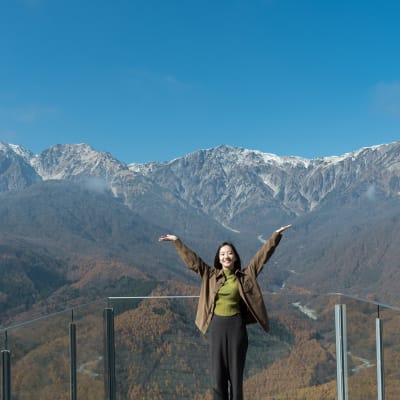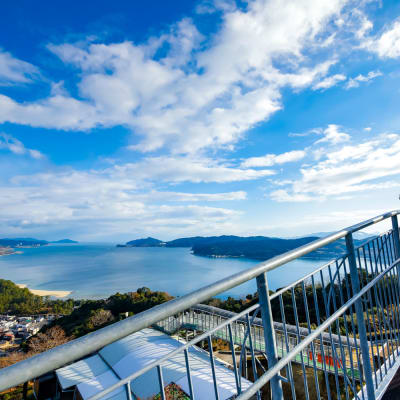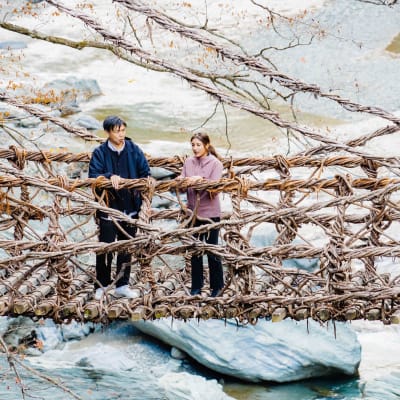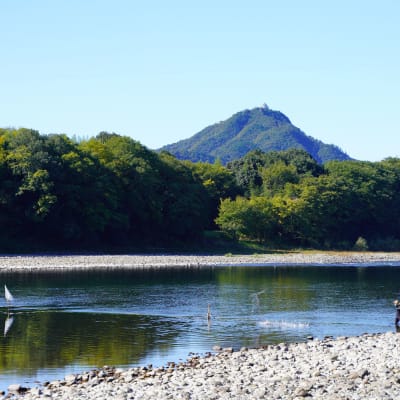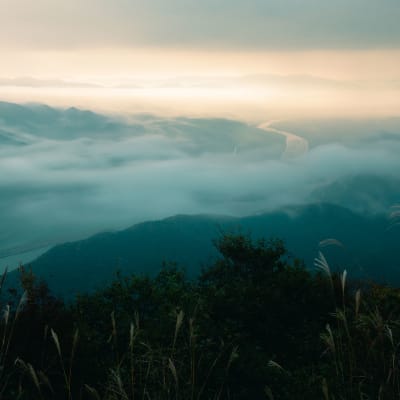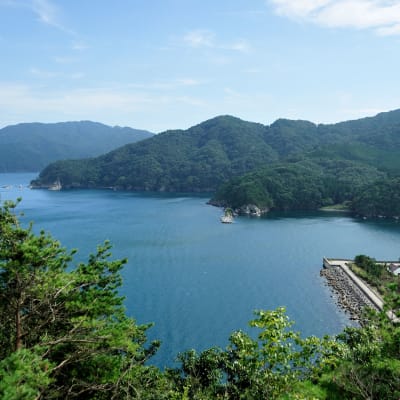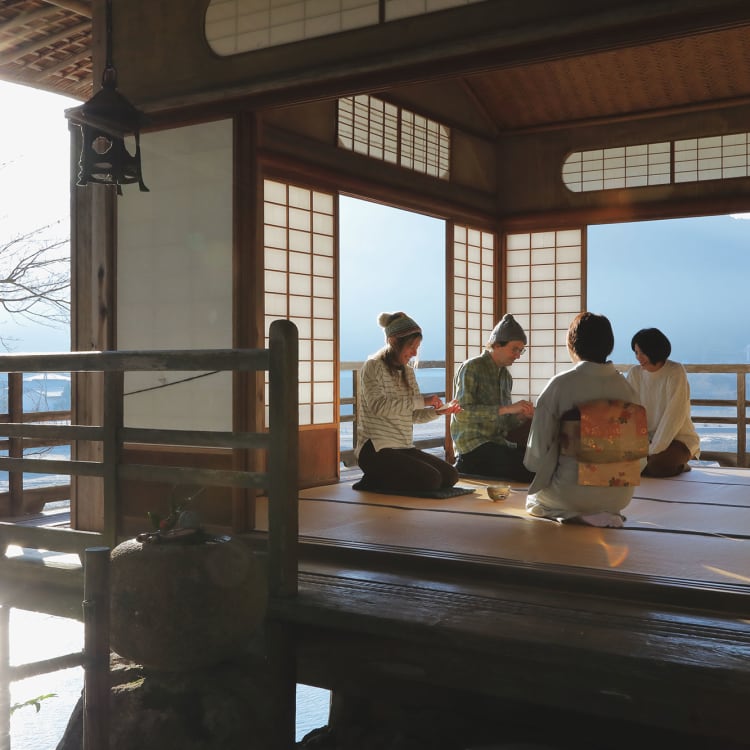
Sustainable Destinations Stay, Relive, Preserve: A Unique Lodging Experience in Ozu and Miyama
Renowned for embracing traditional Japanese lifestyles deeply connected to their natural surroundings, Miyama in Kyoto Prefecture and Ozu in Ehime Prefecture continue to flourish. These areas boast historic buildings from eras of prosperity and villages adorned with thatched roofs that harmoniously integrate into the landscape. This creates a timeless world of awe, inviting visitors to experience a deep connection with nature. To preserve these beautiful traditional cultures and landscapes for future generations, sustainable initiatives are being undertaken in both regions.
Ozu (Ehime)


Ozu, situated in southwestern Ehime Prefecture, thrived historically as a castle town centered around Ozu Castle and the Hiji River. Retaining its medieval charm, the city has carefully preserved its historic urban layout. Ozu City owes its foundation and growth to the pristine waters of the Hiji River, flowing from the mountains to the Seto Inland Sea coast, fostering numerous settlements along its waterways.
However, the passage of time brought challenges, with an aging population and economic decline posing a threat to traditional houses and townhouses, many facing potential demolition. The turning point came through an urban development initiative propelled by a public-private partnership. Successful measures involved not only preserving historic buildings but repurposing them into decentralized hotels and shops. These efforts not only ensured preservation but also enhanced the city’s appeal with engaging tourism content based on sustainable practices, earning international recognition as exemplary cases.

When exploring Ozu, celebrated for its enchanting historic streets, consider opting for private guided tours designed around themes like nature, architecture, and culture. These tours consider the natural surroundings and utilize e-bikes for transportation. Certain courses provide insights into the regeneration process, allowing visitors to discover the community’s endeavors in revitalizing Ozu.

Tours that focus on traditional architecture in Ozu and Uchiko allow you to enjoy the unique architecture that flourished from the once-thriving sumac wax industry and delve into the cultural background behind it.

Embarking on an e-bike tour around the Hijikawa River provides an excellent opportunity to appreciate nature and gain insights into the historical significance of the river, as well as its role in the economic development of the former Ozu domain.

Additionally, packages are available for experiencing this history from a different perspective by paddling downstream in a canoe, reminiscent of the traditional practices of boatmen and rafters from the past.

In addition to the main courses, there are many optional experiences in collaboration with local residents and craftsmen, including papermaking at a traditional Ozu Washi mill. After consulting with the local information center, you can freely combine any of these courses and options to create your own customized tour.
Additionally, Ozu Castle, featuring a faithfully restored wooden tower since 2004, has been running the Ozu Castle Stay program since 2020. This unique program provides guests with an overnight experience, letting them step into the ambiance of old Japan.

While in Ozu, consider the NIPPONIA HOTEL Ozu Castle Town, a decentralized hotel which utilizes renovated, historic buildings. This accommodation allows you to immerse yourself in the history and culture of Ozu, experience the mindful lifestyle cherished by the Japanese, and savor meals crafted with local ingredients. The hotel is a pivotal force behind the preservation and revitalization project initiated in 2018, successfully transforming over 30 historic merchant houses in the old district of Ozu.
As showcased here, the interplay of nature, culture, historic streetscapes, and deep-rooted traditions, preserved through years of ingenuity and effort, provides visitors with unforgettable experiences.
Links
Miyama (Kyoto)
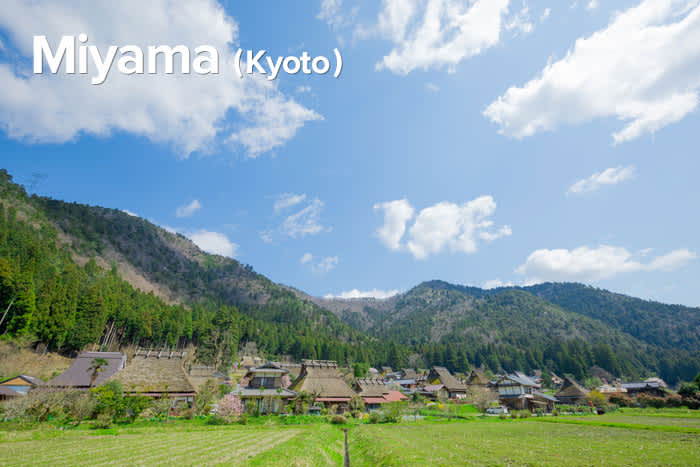

Nestled in Nantan City, Kyoto Prefecture, Miyama boasts the enchanting charm of Satoyama culture, representing the traditional Japanese landscape where rural communities harmonize with nature. This area has gained global recognition as an excellent tourist destination that practices sustainable tourism and offers a variety of programs that allow you to experience and deeply understand the local lifestyle, culture, traditional occupations, and food culture that form the backbone of the community.

What symbolizes Miyama is the landscape of a village with traditional thatched houses surrounded by the majestic mountains blessed with greenery. The preservation of this iconic village revolves around the continuation of traditional cultures, including the meticulous process of rethatching roofs, coupled with the promotion of sustainable tourism utilizing the region’s abundant tourist resources.
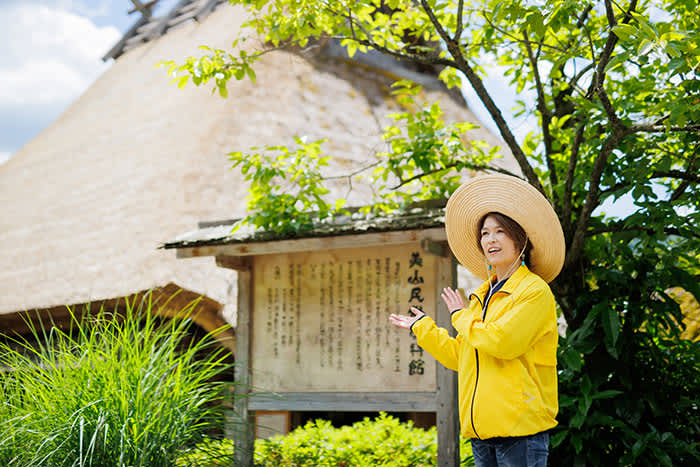
If you want to explore the charms of Miyama efficiently and in depth, a tour with a local English-speaking guide is recommended.

By interacting with the people who have lived in Miyama, you can gain a profound understanding of their dedication to preserving tradition.
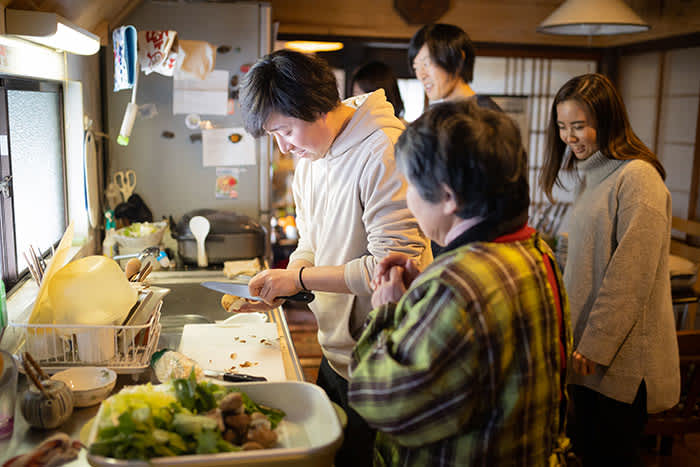
Engage in the local culinary scene by trying your hand at preparing regional dishes and joining in activities like mochi pounding, all while sharing the experience with the locals.

The technique of thatching is a cherished tradition in Japan, registered as a UNESCO Intangible Cultural Heritage. In Miyama, you can not only visit thatched-roof houses and learn about their history and culture but also engage in programs where you can actively experience thatching on a roof set up on the ground.

Among the traditional thatched-roof houses scattered around Miyama, some offer overnight accommodation, allowing you to have a genuine experience of the local lifestyle. Immerse yourself in the traditional self-sufficient way of life still practiced today in Miyama and explore concepts for building a sustainable society during your stay.
Links
The official Travel Guide Kyoto Miyama
















































